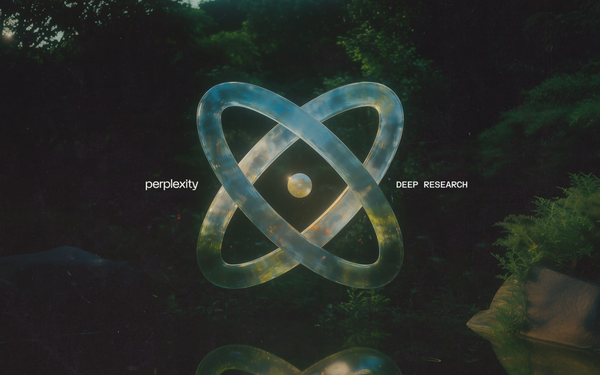
Perplexity became the latest AI company last week to release
an in-depth research tool -- following Google, which unveiled something similar for Gemini AI in December, and OpenAI early in February.
These agents use reasoning to synthesize large amounts
of online information and complete multi-step research tasks.
Perplexity’s tool, Deep Research, provides the ability to reason as well as in-depth answers with citations for professional
projects -- in contrast to chatbots -- for example, to find items such as a shirt, shoes, or handbag. It generates detailed reports based on information across the web.
If users ask Deep
Research a question, Perplexity will perform dozens of searches, read hundreds of sources, and reason through the material to autonomously serve up a comprehensive report, the company wrote in a blog
post.
advertisement
advertisement
The team said it excels at support for projects across finance, marketing, product research and more, reaching high benchmarks on Humanity’s Last
Exam, an AI benchmarking test with expert-level questions in a variety of academic fields.
Perplexity claimed Deep Research scored 21.1% on Humanity's Last Exam surpassing Gemini
Thinking’s score of 6.2%, Grok-2’s score of 3.8%, and OpenAI’s GPT-4o score of 3.3%. It did not match OpenAI’s Deep Research of 26.6%, according to some reports.
Perplexity made the tool free to all. Pro subscribers get unlimited Deep Research queries, while non-subscribers will have access to
a limited number of answers per day. Deep Research is available on Web and will soon be rolling out to iOS, Android, and Mac.
OpenAI’s deep research tool is the company’s next
agent that can work independently through prompts. ChatGPT will find, analyze, and synthesize hundreds of online sources to create a comprehensive report at the level of a research analyst.
Powered by a version of the upcoming OpenAI o3 model that is optimized for web browsing and data analysis, OpenAI’s research tool leverages reasoning to search, interpret, and analyze massive
amounts of text, images, and PDFs on the internet, pivoting as needed in reaction to information it encounters.